Table of content
Zongzi, a beloved traditional Chinese snack, has become a staple in supermarkets worldwide, offering a convenient taste of culture to those who may not have the time or expertise to prepare them from scratch. These pyramid-shaped delights, made of glutinous rice wrapped in bamboo or reed leaves and often stuffed with savory or sweet fillings, raise a common question among buyers: Should I steam or boil them? The answer isn’t always straightforward, as both methods have merits and drawbacks depending on factors like packaging instructions, zongzi type, and personal preference. This comprehensive guide explores the nuances of steaming versus boiling, providing step-by-step instructions, tips, and troubleshooting advice to ensure your supermarket zongzi turns out perfectly every time.
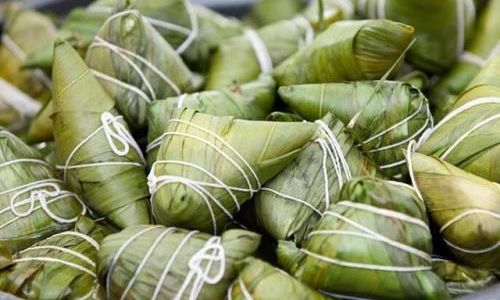
Understanding Zongzi: A Brief Overview
Before diving into cooking methods, it’s essential to grasp what zongzi entails. Traditionally eaten during the Dragon Boat Festival, zongzi symbolizes heritage and craftsmanship. Modern supermarket versions, however, are often pre-cooked and vacuum-sealed or frozen, simplifying preparation. The leaves used for wrapping (typically bamboo, reed, or even corn husks) impart a distinct aroma, while fillings range from pork and mushrooms to red bean paste or dates. Despite their convenience, supermarket zongzi require careful handling to avoid mushiness, dryness, or uneven cooking.
Steaming vs. Boiling: The Core Debate
The choice between steaming and boiling hinges on preserving texture, flavor, and structural integrity. Here’s a breakdown of each method:
Steaming: Gentle and Retentive
Steaming involves cooking zongzi in a closed environment using hot vapor. This method is ideal for maintaining moisture without submerging the parcels in water.
Pros:
- Texture Preservation: Steaming prevents the zongzi from becoming waterlogged, preserving the chewiness of the glutinous rice and the integrity of the filling.
- Flavor Retention: The leaves’ aroma infuses the rice more intensely since the zongzi isn’t submerged in water.
- Energy Efficiency: Steaming typically requires less water and energy than boiling.
Cons:
- Slower Cooking: Steaming may take slightly longer than boiling, especially for frozen zongzi.
- Equipment Dependency: Requires a steamer basket or rack, which not every kitchen may have.
Boiling: Quick and Convenient
Boiling submerges zongzi in boiling water, cooking them through direct heat transfer.
Pros:
- Speed: Boiling is faster, making it suitable for time-sensitive meals.
- Uniform Cooking: Ensures even heat distribution, which is beneficial for thick or densely packed zongzi.
- Accessibility: Almost every kitchen has a pot, making this method universally doable.
Cons:
- Risk of Sogginess: Overboiling can cause the rice to absorb excess water, leading to a mushy texture.
- Flavor Dilution: Prolonged boiling may wash out some of the leaf’s fragrance.
Factors to Consider Before Cooking
Not all zongzi are created equal. Before choosing a method, evaluate these variables:
Packaging Instructions
Always check the label first. Some brands specify “steam” or “boil” based on their production process. Ignoring these guidelines could compromise results.
Zongzi Type
- Fresh (Refrigerated): These are partially cooked and require shorter cooking times. Steaming is often preferred to avoid overcooking.
- Frozen: Fully cooked but frozen zongzi need thorough reheating. Boiling may be more efficient here, but steaming prevents freezer burn flavors from intensifying.
- Vacuum-Sealed: These are shelf-stable and fully cooked. A quick steam or boil suffices to heat them through.
Texture Preference
If you prize a firm, al dente rice texture, opt for steaming. For softer, more integrated rice and filling, boiling might be preferable.
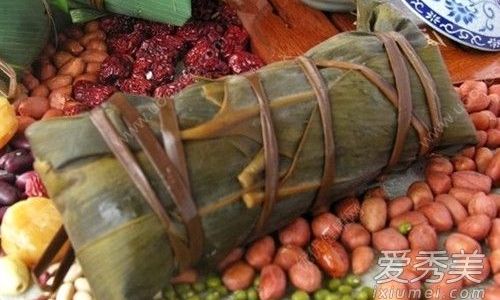
Time Constraints
Boiling shaves off 5–10 minutes compared to steaming, making it ideal for hurried meals.
Step-by-Step Cooking Guides
How to Steam Zongzi
Equipment Needed:
- Steamer basket or collapsible metal steamer
- Large pot with a lid
- Tongs or heat-resistant gloves
Instructions:
- Prepare the Steamer: Fill the pot with 2–3 inches of water, ensuring the water level remains below the steamer basket. Bring to a rolling boil.
- Arrange Zongzi: Place zongzi in the steamer basket, leaving space between each to allow steam circulation. Avoid overcrowding.
- Steam: Cover the pot and reduce heat to medium. Steam for:
- Fresh/Refrigerated: 15–20 minutes
- Frozen: 25–30 minutes
- Vacuum-Sealed: 10–15 minutes
- Check Doneness: Unwrap one zongzi slightly to ensure the rice is heated through and tender.
- Serve: Remove with tongs and let rest for 2–3 minutes before unwrapping.
Pro Tip: Add a teaspoon of vinegar to the steaming water to enhance the leaf’s fragrance without altering the taste.
How to Boil Zongzi
Equipment Needed:
- Large pot
- Tongs or slotted spoon
- Plate or tray lined with paper towels
Instructions:
- Fill the Pot: Add enough water to submerge the zongzi completely (about 4–6 inches, depending on pot size). Bring to a boil.
- Add Zongzi: Gently place the zongzi into the boiling water using tongs. Reduce heat to a simmer to prevent violent bubbling, which could break the leaves.
- Boil: Cook for:
- Fresh/Refrigerated: 12–15 minutes
- Frozen: 20–25 minutes
- Vacuum-Sealed: 8–12 minutes
- Test for Doneness: Carefully remove one zongzi and unwrap partially. The rice should be glossy and soft, with the filling heated through.
- Drain and Rest: Transfer boiled zongzi to a plate lined with paper towels to absorb excess moisture. Let them sit for 3–5 minutes before serving.
Pro Tip: Add a pinch of salt to the boiling water to season the rice subtly.
Tips for Perfect Zongzi Every Time
- Thaw Frozen Zongzi Overnight: If time permits, move frozen zongzi to the refrigerator 12–24 hours before cooking to ensure even heating.
- Avoid Overcooking: Oversteamed or overboiled zongzi can disintegrate. Start with the lower end of cooking times and adjust as needed.
- Reheat Leftovers Gently: Microwave leftover zongzi on medium power (50–70%) in 30-second intervals to prevent rubberiness.
- Enhance Flavor: Serve with dipping sauces like soy sauce, chili oil, or sweet bean paste to complement the natural flavors.
Common Mistakes and How to Fix Them
- Mushy Texture: Result of overboiling or using too little water. Next time, reduce cooking time by 5 minutes or switch to steaming.
- Dry Rice: Caused by undercooking or insufficient moisture. Ensure the pot is adequately covered during steaming, and check water levels when boiling.
- Torn Leaves: Handling zongzi too roughly when unwrapping. Use kitchen shears to trim excess leaf edges before serving.
- Uneven Heating: Overcrowding the pot or steamer. Cook in batches if necessary.
Steaming vs. Boiling: A Quick Comparison Chart
| Criteria | Steaming | Boiling |
|---|---|---|
| Texture | Firmer, chewier rice | Softer, more integrated rice |
| Flavor | More aromatic leaves | Milder leaf essence |
| Speed | Slower | Faster |
| Equipment Needed | Steamer required | Basic pot suffices |
| Best For | Fresh/refrigerated zongzi | Frozen/vacuum-sealed |
Conclusion: The Verdict
The debate between steaming and boiling supermarket zongzi ultimately boils down to personal preference and practicality. Steaming shines for preserving texture and aroma, while boiling offers unmatched convenience and speed. By considering factors like zongzi type, packaging instructions, and desired outcome, you can confidently choose the method that aligns with your needs. Whether you prefer the subtle dance of steam or the vigorous embrace of boiling water, the result should be a delicious nod to tradition—and a testament to the joy of simple, well-prepared food.
Final Tip: Experiment with both methods to discover your favorite. After all, the best way to cook zongzi is the way that brings you and your loved ones the most delight. Bon appétit!

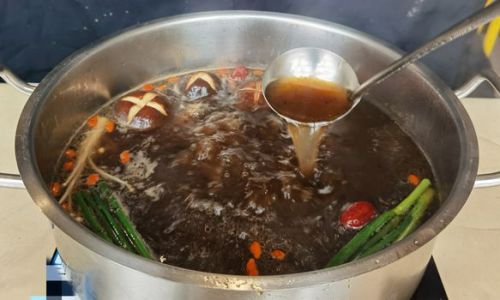
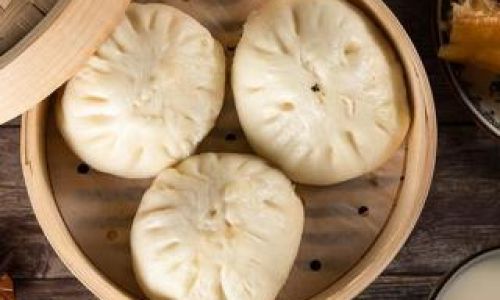
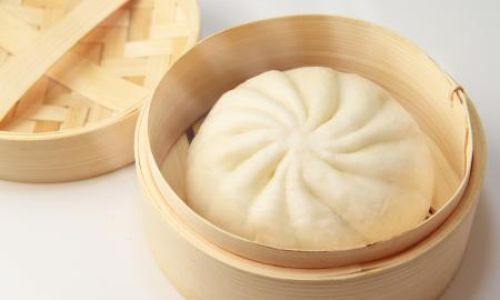
0 comments